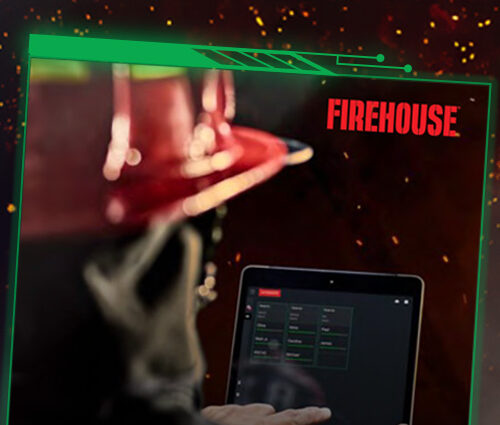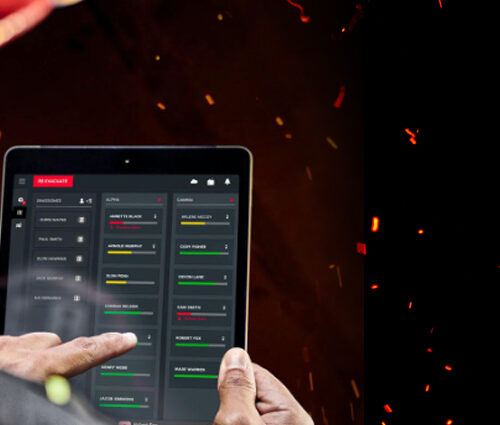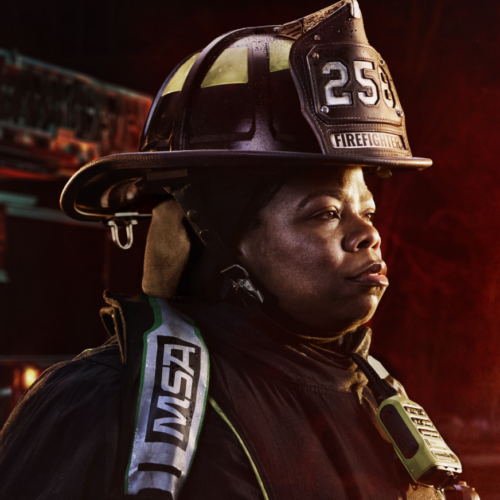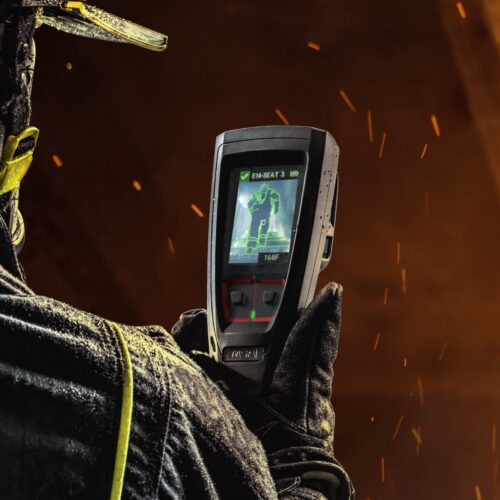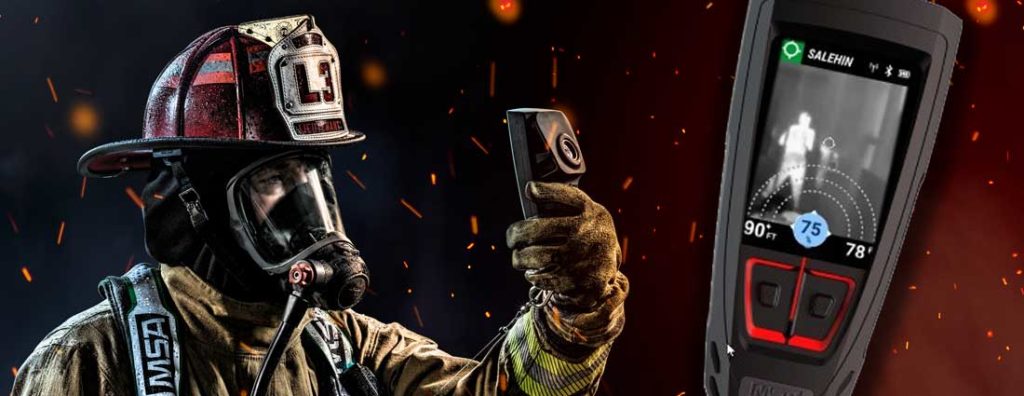
In today’s firefighting environment, more than 90% of calls are for emergencies other than structural fires – from medical and mutual aid to hazardous materials.[1] This means your day is more unpredictable than ever before, and so is the need for your team to stay connected and accounted for in those unpredictable situations.
The traditional approach to mayday is rooted in the assumption that Incident Command is set up and able to dictate direction in the critical time and the dedicated RIT team will take action. But in today’s changing world where 88% of successful RIT rescues come from within the structure,[2] this approach is not always possible or reliable. For years, the fire service industry has faced challenges in notifying firefighters that an incident has occurred, informing them of the details needed to make confident decisions, and locating a downed firefighter.
The latest innovations in search and rescue technology are helping to solve these problems. Here’s how:
Connectivity
Executing a successful search and rescue in a variety of emergency situations often relies on connectivity between every firefighter on scene – whether on or off air. LUNAR® Connected Device, a wireless, handheld search and rescue device, helps makes that connectivity possible. Each device is equipped with the independent LUNAR-to-LUNAR network, which allows devices to connect and communicate with each other. It also extends beyond one team and connects to other crews in the vicinity for unified search during a time of mutual aid.
Firefighting Assisting Search Technology
LUNAR’s exclusive Firefighting Assisting Search Technology (F.A.S.T.) enables the following guidance:
- Real-time Notification: When another LUNAR goes into alarm – whether motion, manual, or hardware – other LUNAR devices on-scene receive a notification. Because this notification comes through the LUNAR-to-LUNAR network, it is independent of radio communication, Incident Command, or cell reception.
- Information: The alarm notification also reveals who is in alarm and which type of alarm was triggered – which can help to determine which resources may be needed for a rescue.
- Distance: As a searcher moves closer to the downed firefighter, LUNAR displays distance as more than 90 ft. (30 m) away, within 90 ft, within 60 ft. (20 m) or less than 30 ft. (10 m) away on the bottom left of the screen.
- Direction: Directional feedback is shown while the LUNAR is pointed in a specific direction. As the LUNAR is pointed in the direction closest to the LUNAR in alarm, the percentage indicator in the center of the screen increases from 0 -100%. As the searcher checks from side-to-side or up-and-down, the color of the directional indicator changes from dark blue to light blue as the signal strength increases. The text also updates to indicate the signal strength.
Distance and direction appear on the LUNAR screen on a thermal overlay.
During a search and rescue mission, Local Incident Command and the Remote Monitor are delivered the latest information on the duration of the incident, who is in alarm, and who is searching.
LUNAR’s F.A.S.T. Technology can be used internal and external to the structure. Using it externally can lead to identifying the best entry point, while using it internally can help to eliminate rooms and floors quickly to reduce search time using the distance and directional feedback being provided. This enables Collaborative Search, with four LUNAR users able to search for another firefighter in alarm at once.
Learn more about LUNAR and F.A.S.T. Technology here.
Sources:
[1] National Fire Protection Association. “Fire department calls.” https://www.nfpa.org/News-and-Research/Data-research-and-tools/Emergency-Responders/Fire-department-calls.
[2] Abbott, Don. Project Mayday, 2019, projectmayday.net/public/res/pdf/2015%20_2019_PM_Career.pdf


